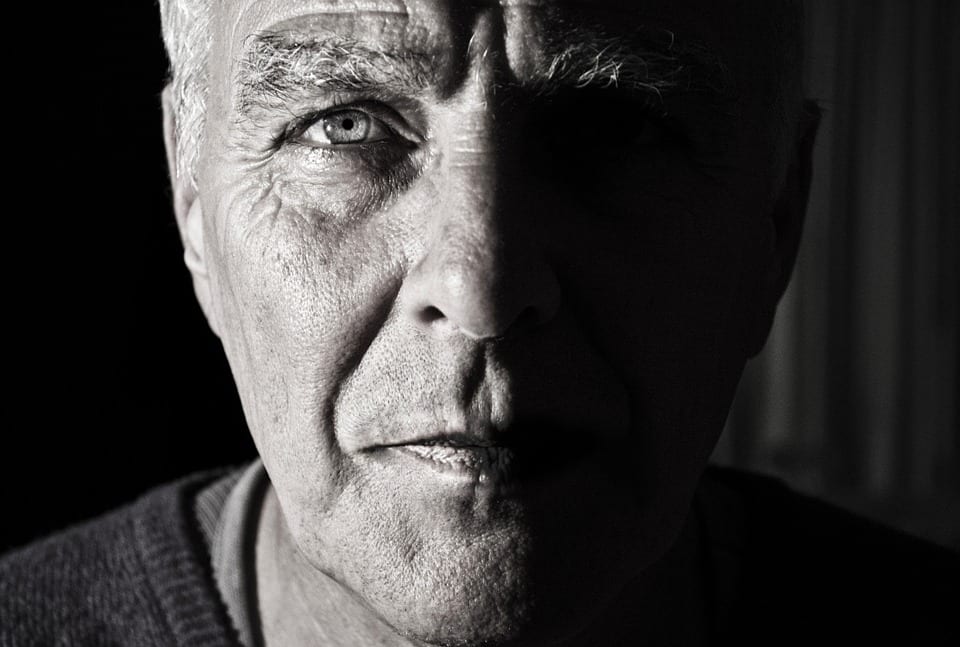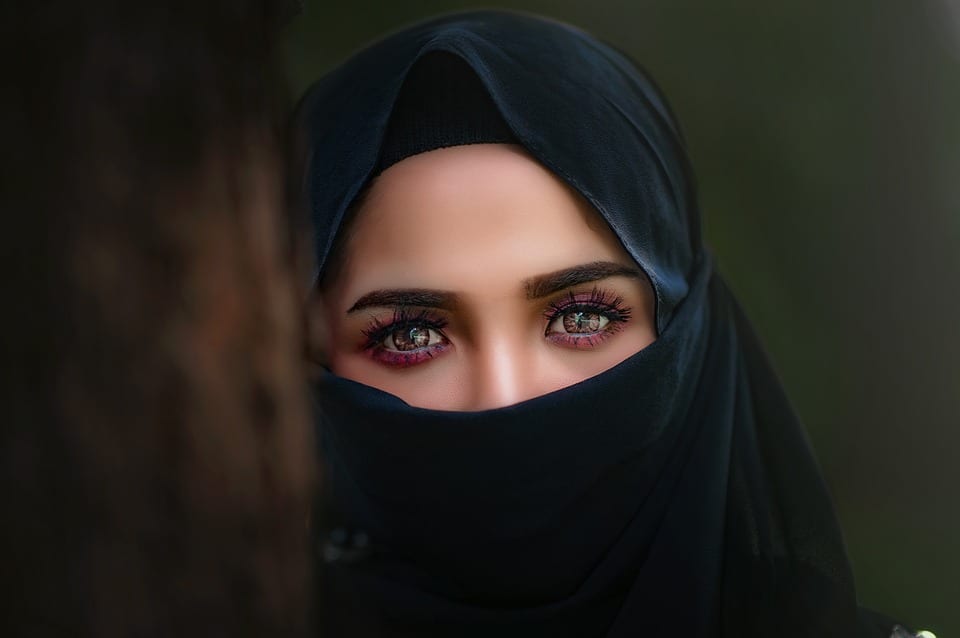When it comes to impressing strangers, some things aren’t within your control. For example: Your face.
Every time you meet someone new, they judge your face on four basic characteristics, psychologist Leslie Zebrowitz says. She listed the four facial cues in a paper published in Current Direction in Psychological Science in June 2017.
Photo Credit: Pixabay
The first characteristic is called “babyfaceness.”
Yep.
People are unconsciously assessing whether you have a baby face or not—features like large eyes, a round face, a short chin and a large forehead. Humans naturally have a soft spot for babies for obvious evolutionary reasons, so seeing these features in others may make us predisposed to be kinder towards them.
The second cue is familiarity. Familiar faces are preferable to completely strange and new ones. Even babies show this preferential treatment.
The third cue, fitness, is not surprising–people judge you by whether your face is healthy-looking and attractive or not.
Photo Credit: Pixabay
Lastly, the fourth cue is emotional resemblance. When people meet you, they assess your emotional expressions based on certain features, like your eyebrows and mouth. If you’re frowning, people assume you’re angry. If you’re smiling, people assume you’re happy.
All of these cues produce quick, almost immediate assessments about the people we meet. Whether those assessments are true is another story. They’re definitely not precise ways to gather info about someone. Leslie’s paper refers to the “overgeneralizations” that these cues create.
Regardless, it seems that humans can’t help but judge a book by its cover.
The post Here Are the First 4 Things People Notice About Your Face appeared first on UberFacts.





